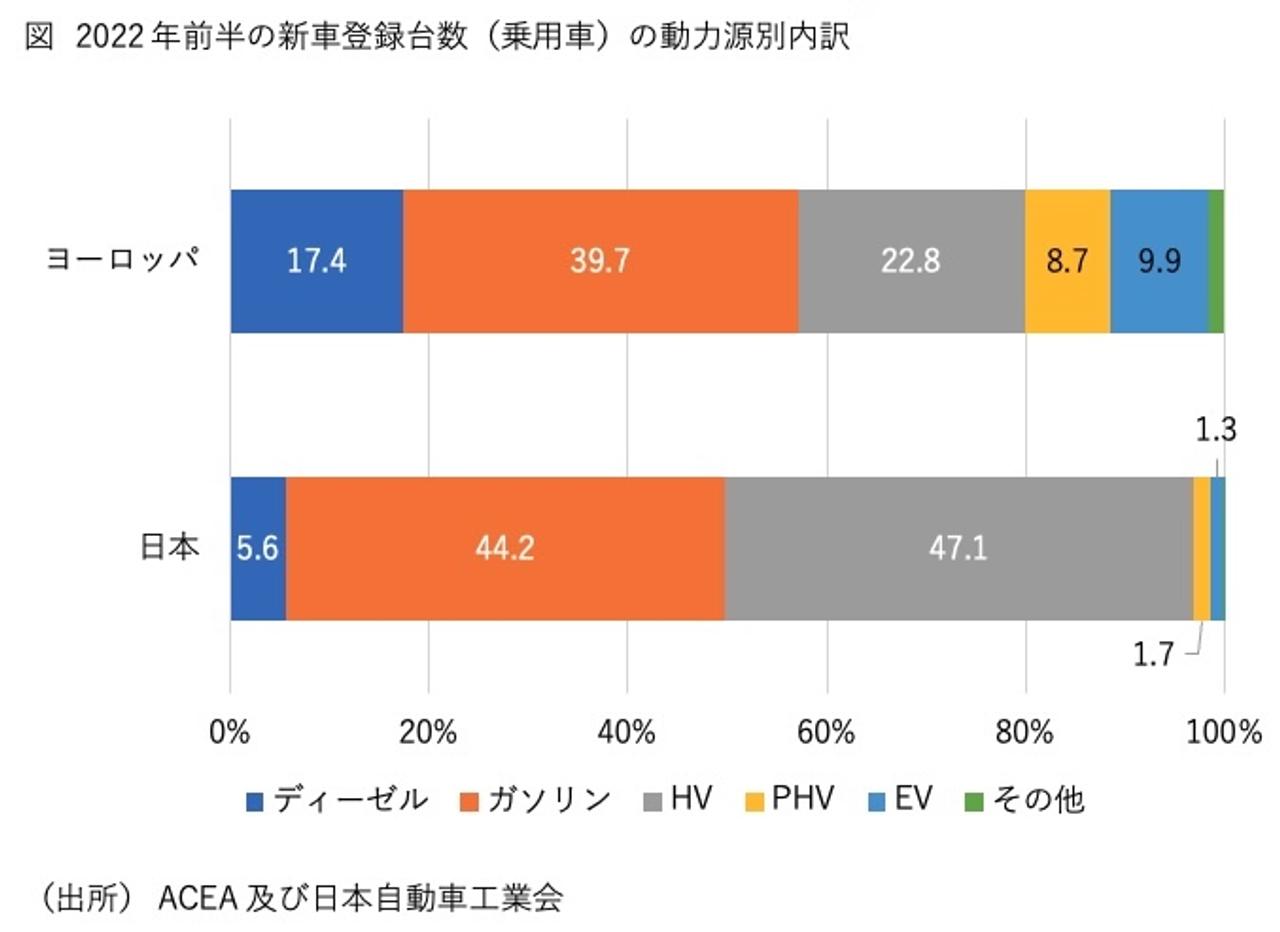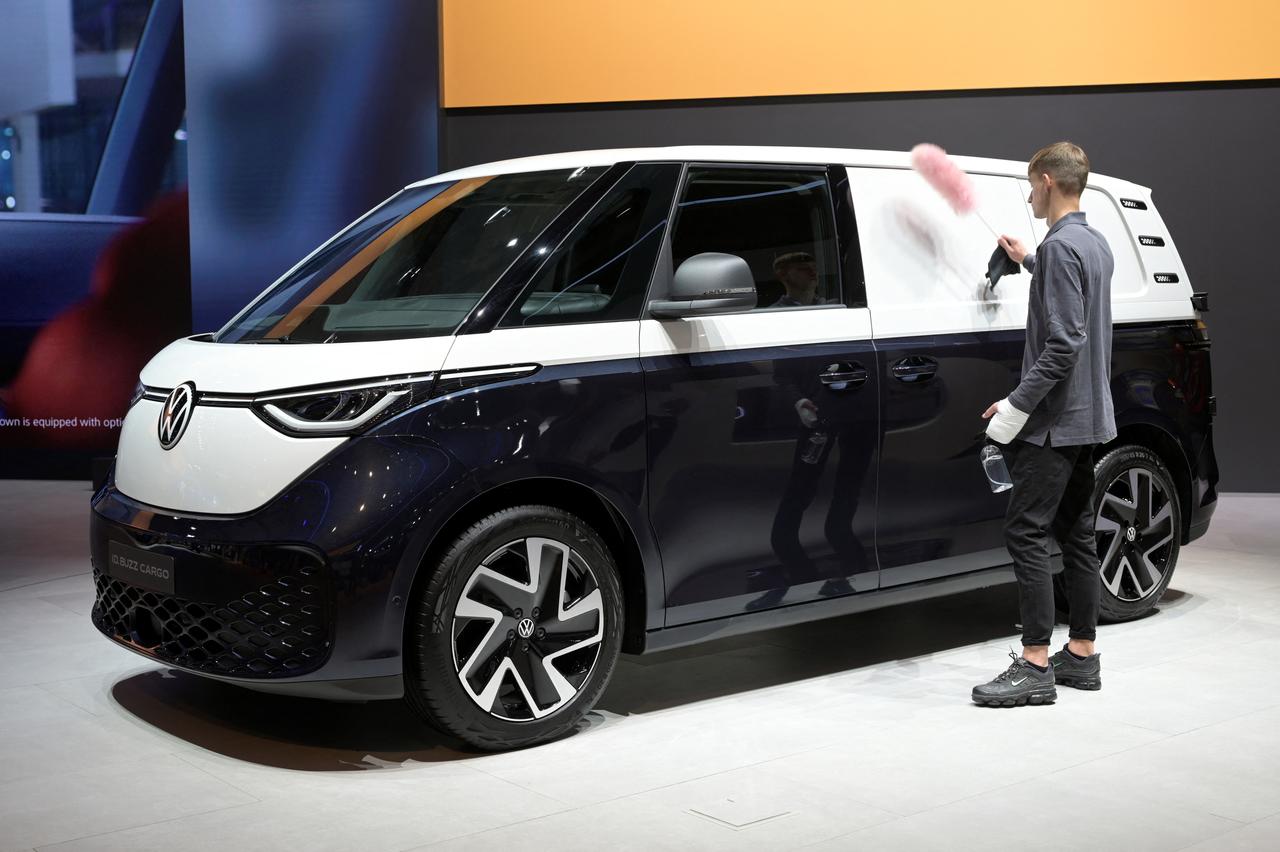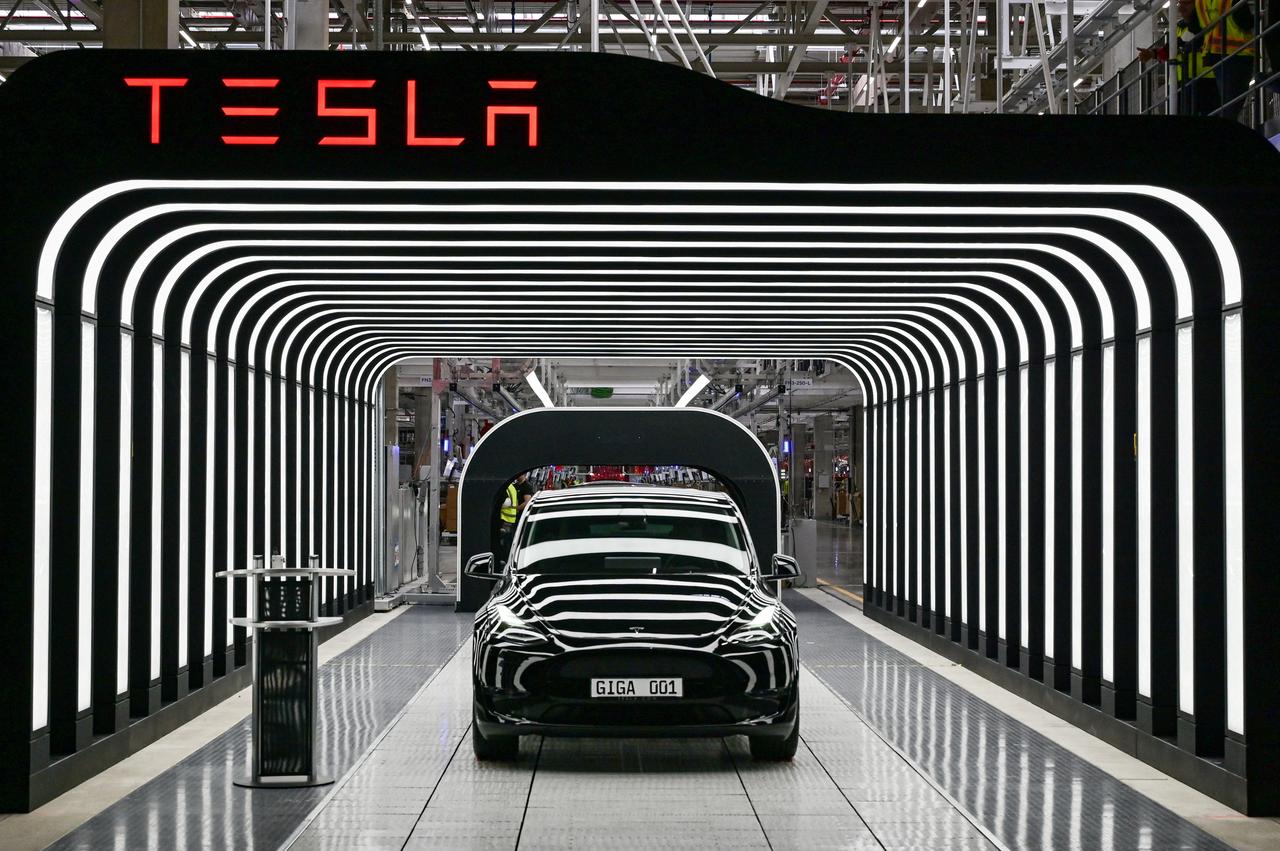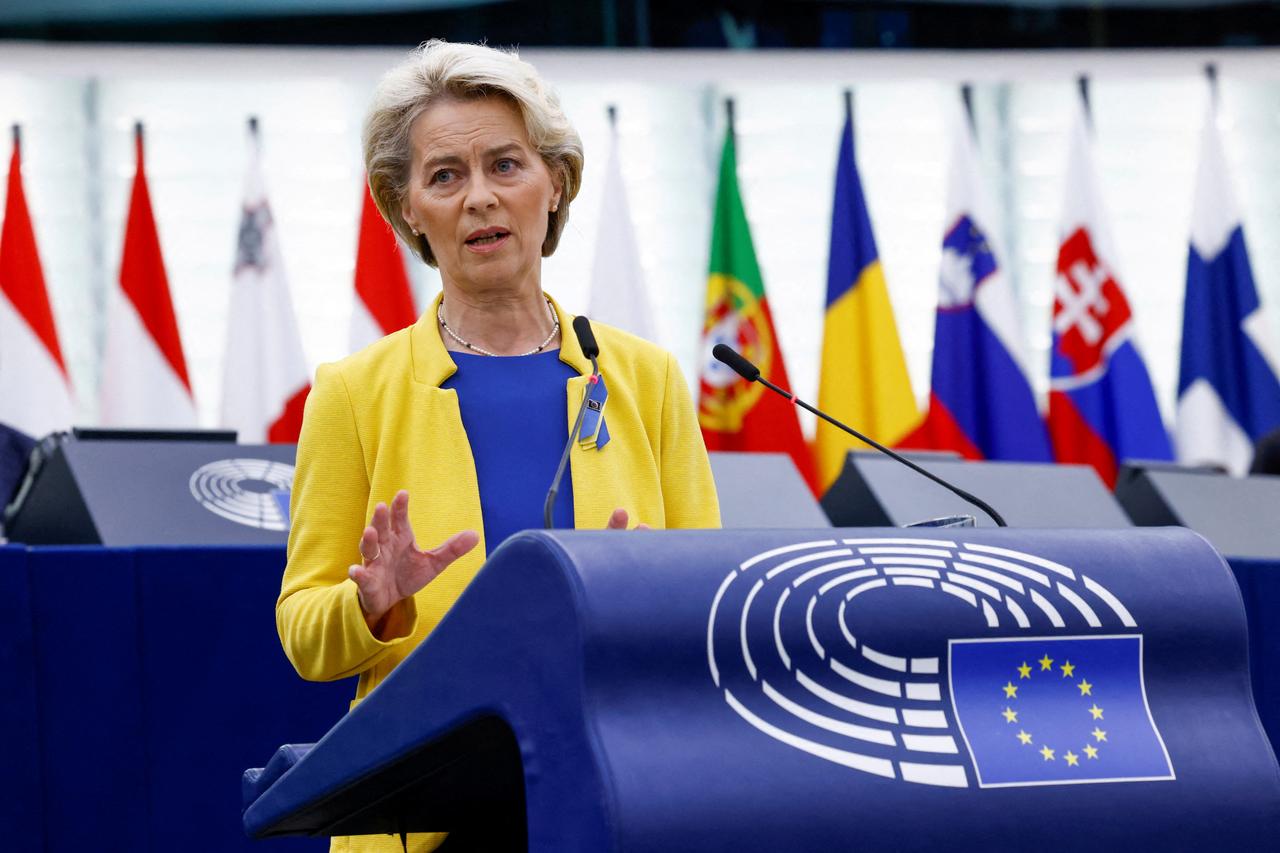Toyota’s announcement of 16 battery EVs at the end of 2021 has attracted a lot of attention. However, according to the counting method used by environmental NGOs, Japanese manufacturers are still ranked low in climate change countermeasures. Toyota was ranked last among the world’s 10 largest automakers.
In a report released on September 8 by Greenpeace, a global environmental NGO, it became a hot topic that Japanese automakers ranked low in terms of climate change countermeasures.
However, these rankings are always subjective. The Greenpeace report was a generous evaluation of efforts to popularize electric vehicles (EVs).
According to the Association of European Automobile Manufacturers (ACEA), EVs will account for 9.9% of new car registrations (passenger cars) in the EU in the first half of 2022, up from 9.1% for the full year of 2021 (Figure). On the other hand, according to the Japan Automobile Manufacturers Association, EVs accounted for 1.3% of the number of new car registrations in Japan in the first half of 2022 (same). Greenpeace gives a low score.

Plug-in hybrids (PHVs), which are treated like EVs, accounted for 8.7% of new vehicle registrations in the first half of 2022 in Europe, but only 1.7% in Japan.
However, for hybrids (HVs), Europe was 22.8%, while Japan was 47.1%. The HV should also be evaluated positively because it is a vehicle model suitable for climate change countermeasures.
in additionIn Europe, diesel, which emits a lot of greenhouse gases, still sells a lot, accounting for 17.4% of registrations in the first half of 2022.was. In Japan, however, diesel only accounts for 5.6%. From the viewpoint of climate change countermeasures, the use of diesel should be avoided, and Japan’s low diesel ratio should be praised.
There are various reasons for the slow spread of EVs in Japan. The delay in the expansion of charging points in Japan may be a reason that cannot be overlooked.
However, HVs and gasoline vehicles also have the potential for technological innovation, and the two major auto markets of the United States and China, which are the main export destinations, have left such a path (a path that allows hybrids instead of EVs). It is thought that this is also connected to the strategy of “Japanese automakers that are not biased toward EVs alone.”
Advertisements
“EV mandatory” not monolithic even in Europe
German Volkswagen’s new EV minivan “ID. Buzz”. In addition to passenger cars, commercial vehicles are also available, giving a glimpse of the full-fledged attitude towards EV.
There is one more important point. It is true that the spread of EVs is progressing in Europe, but this is a government-led trend, and the automobile industry does not necessarily agree.
is the legislative body of the European Union (EU)On June 8, the European ParliamentSupports proposal to limit all new passenger cars and vans to zero-emission vehicles by 2035Even then, there were voices of concern from the auto industry.
The proposal was prepared by the European Commission, the EU’s executive body, in July 2021. However, ACEA and the European Auto Parts Industries Association (CLEPA) are concerned that their targets are too hasty, that technological innovation outside of EVs will be hindered, that competitiveness in overseas markets will decline, and that the He has repeatedly expressed concern about job losses.
The center-right EPP (European People’s Party Group), the largest faction in the European Parliament, has also taken these voices into account, lowering its target for supply of zero-emission vehicles to 90% by 2035 and setting a clear deadline for achieving 100%. submitted a realistic counterproposal to Congress. However, it met with opposition from environmental factions such as the European Green Group and the European Freedom League, and was rejected.
The EU has income disparities within the region.It is not clear whether low-income countries in Southern and Eastern Europe will be able to cope with the change.
As for the construction of charging points, the financial strength of each country is uneven, so progress is not uniform. Regarding this point, the EU is promoting EV conversion without showing an answer.
The new hurdle of the energy crisis
As American automaker Tesla steadily solidifies its position as an EV manufacturer, European manufacturers are also taking countermeasures. However, the energy crisis is highly likely to act as a brake on the spread of EVs.
Furthermore, the EV shift in Europe is facing a new hurdle, the energy crisis.
The price of energy, especially electricity, in Europe has soared this year, as renewables are hit hard by bad weather and cuts in natural gas supplies from Russia. This is a strong headwind for the spread of EVs.
Naturally, the electricity bill is cheaper for EVs. But nowEuropean power prices soaring to historic levelsis. European Commission President von der Leyen delivered a policy speech to parliament on September 14, announcing energy measures, but these did not lead to alleviation of energy shortages.
European Commission President von der Leyen delivers a policy speech on September 14.
Since the end of August, the Nord Stream gas pipeline linking Russia and Germany has been out of operation, and there is no prospect of it being restarted. Europe will run out of natural gas this winter.
The nuclear power plant in France, which had been the mainstay of the country’s life, is also in trouble due to aging facilities and water shortages. If the winter of 2022 is severe, rolling blackouts will occur in many European countries.
on the other hand,Dollar-denominated international crude oil prices, which soared due to Russia’s progress in Ukraine, have already fallen to pre-progress levels.is doing. Since the dollar has strengthened during this period, gasoline prices in various countries will not settle down anytime soon. However,The reality that gasoline is one of the few fuels that can be expected to be stable in the energy that continues to be highThere is also
In light of this situation, it is possible that HVs (hybrids), which can use gasoline, are more profitable than EVs in the short term.
The spread of EVs is expected to hit the brakes once
Furthermore, subsidies for EVs are also being cut in Europe.
German government will reduce subsidies applicable to EV purchases after 2023However, the plan is to discontinue the project when the budget is exhausted. The decision strongly reflects the will of the hawkish Liberal Democratic Party (FDP), which forms part of the coalition government. Certainly, considering the current economic environment in Europe, it would be a reasonable decision.
Again, Europe is now suffering from high inflation, largely due to high energy prices.under these circumstancesContinuing the demand-stimulating measures to support the purchase of EVs is prohibited from the perspective of stabilizing inflation.is. The withdrawal of purchase support measures will be a headwind against the spread of EVs, but getting rid of inflation, which threatens the stability of life, should be prioritized.
The spread of EVs in Europe has progressed smoothly, with the establishment of gigafactories for automotive batteries one after another. However, facing the headwinds of high energy prices, especially high electricity prices, and the associated price hikes, the brakes may be put on the brakes for the time being.
In light of these circumstances, the author believes that Japan, the United States, and China, which have left the road to HVs, are actually on a more realistic path toward decarbonization.
(Written by Yosuke Tsuchida)
Yosuke Tsuchida: Graduated from Hitotsubashi University in 2005 and completed the master’s program at Hitotsubashi University in 2006. As an economist, he conducts surveys and research on macroeconomics, economic policies, political situations, etc., mainly in Europe, Russia, Turkey, and emerging countries. He is a contributor to major economic magazines (including online), and his recent book, What is Dollarization?
Source: BusinessInsider
David Ortiz is an opinionated and well-versed author, known for his thought-provoking and persuasive writing on various matters. He currently works as a writer at 24 news breaker, where he shares his insight and perspective on today’s most pressing issues. David’s unique voice and writing style make his articles a must-read for those seeking a different point of view.



